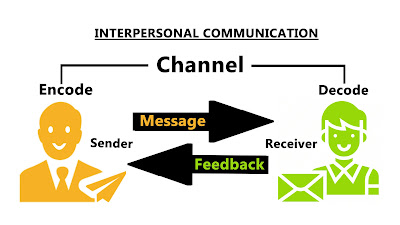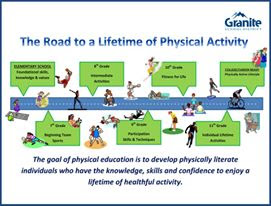Physical Activity Environment
Introduction to Physical Activity
Physical activity is defined as any bodily movement produced by skeletal muscles that requires energy expenditure. Physical activity simply means any movement of the body that uses energy. Walking, gardening, climbing the stairs, playing any game, dancing, running, swimming, yoga or cleaning the house can be considered the best examples of physical activity.
Types of physical activity
- Lifestyle physical activities - lifestyle physical activities are those activities which are performed by us because these are part of our daily life. These activities include walking to school or on working place, cycling, gardening, doing house work and any work that is part of your job.
- Vigorous physical activities - vigorous physical activities at those activities are those activities which use more energy in comparison to moderate or lifestyle activities. These activities are good for enhancing physical fitness especially cardiovascular fitness.
- Muscles strengthening physical activities - These activities build up strength. These include lifting weights, push-ups on the floor, sit-ups, working with resistance band and Pilates arc.
- Flexibility enhancing physical activities - these physical activities ensure a good range of motion in the joints. These include stretching, Pilates and yoga etc .
Concept and Need of Sports Environment
Concept of sports environment
- Physical environment - physical environment of sports includes natural and artificial or man-made environments, which further consists of playgrounds , courts , gyms , climate, indoor halls, swimming pools, sports equipments and the surroundings of that area .
- Social environment - social environment or sports is the another type of environment which affects the sports profoundly. Social environment of sports includes cultural environment and traditional environment which further consists of religion, philosophy, attitudes,beliefs, assumption, moral and ethical codes during sports and games and customs,etc.
Need of sports environment
- For raising the standard of sports
- For proper growth and development
- For avoiding physical health risks
- For avoiding sports injuries
- For avoiding mental health risks
- For enhancing mass participation
Essential elements of positive sports environment
- Sports stadiums or sports complexes
- Playground/courts
- Sports Equipments, training Equipments and protective Equipments
- Normal climatic conditions
- Cultural and tradition of society
- Attitude and behaviour of officials and spectators
- Attitude and behaviour of parents and players.
- Drugs, tobacco and alcohol free environment
Principles of physical activity environment
- Location of the place of physical activity
- Polluteless environment for physical activity
- Proper facilities for physical activities
- Proper playgrounds and courts
- Proper climatic conditions
- Existing infrastructure should be well maintained
- Physical activity environment should be safe and clean.
- Drugs free environment
- Physical activity environment should be attractive and enjoyable.
- Good social environment
Components of health related fitness
- Cardiovascular endurance- cardiovascular or cardiorespiratory endurance is the physical ability of an individual to maintain aerobic exercise for prolonged periods of time.
- Muscular strength - muscular strength is the amount of force the muscles or a group of muscles can exert against resistance for short duration such as anaerobic activities.
- Muscular endurance - muscular endurance is the ability of a muscle or a group of muscles to perform repeated muscular contractions against resistance for an extended or longer period of time.
- Flexibility- it is affected by muscles length, joint structure tendons, ligaments, and other factors. An individual, who has good flexibility, can move his body joints through a full range of motion in work and play.
- Body composition- Body composition is the percentage of lean body mass muscles, water, ligaments, and organs etc.
Behaviour change technique for physical activity
Techniques for behaviour change
- Self- monitoring
- Goal setting
- Corrective feedback
- Boosting performance
Exercise guidelines at different stages of growth
- Infancy (1 to 3 years) - During this stage of growth and development physical activity or exercise should be encouraged. Gross motor activities or exercise should be promoted. Some exercise such as moving arms, legs and reaching to various objects should be given to infants.
- Early childhood (3 to 8 years) - during this stage of growth and development such exercise or physical activity should be encouraged which helps in developing competence in movement skills like throwing, jumping , catching , or kicking the ball .emphasis should be laid down on participation and not on competition.
- Later childhood (8 to 12 years ) - during this stage of growth and development children should be provided with activities such as stunts, throwing, jumping catching and running etc .
- Adolescence (13 to 19 years) - during the stage of adolescence moderate to vigorous intensity exercise physical activity should be given for at least 60 minutes and up to several hours everyday.
- Adulthood ( above 19 years ) - adults should try to be active daily. They should do brisk walking, bike riding , dancing , swimming , with moderate intensity. They should also perform running , aerobic exercise, weight training ,push-ups, sit-ups etc.


Comments
Post a Comment